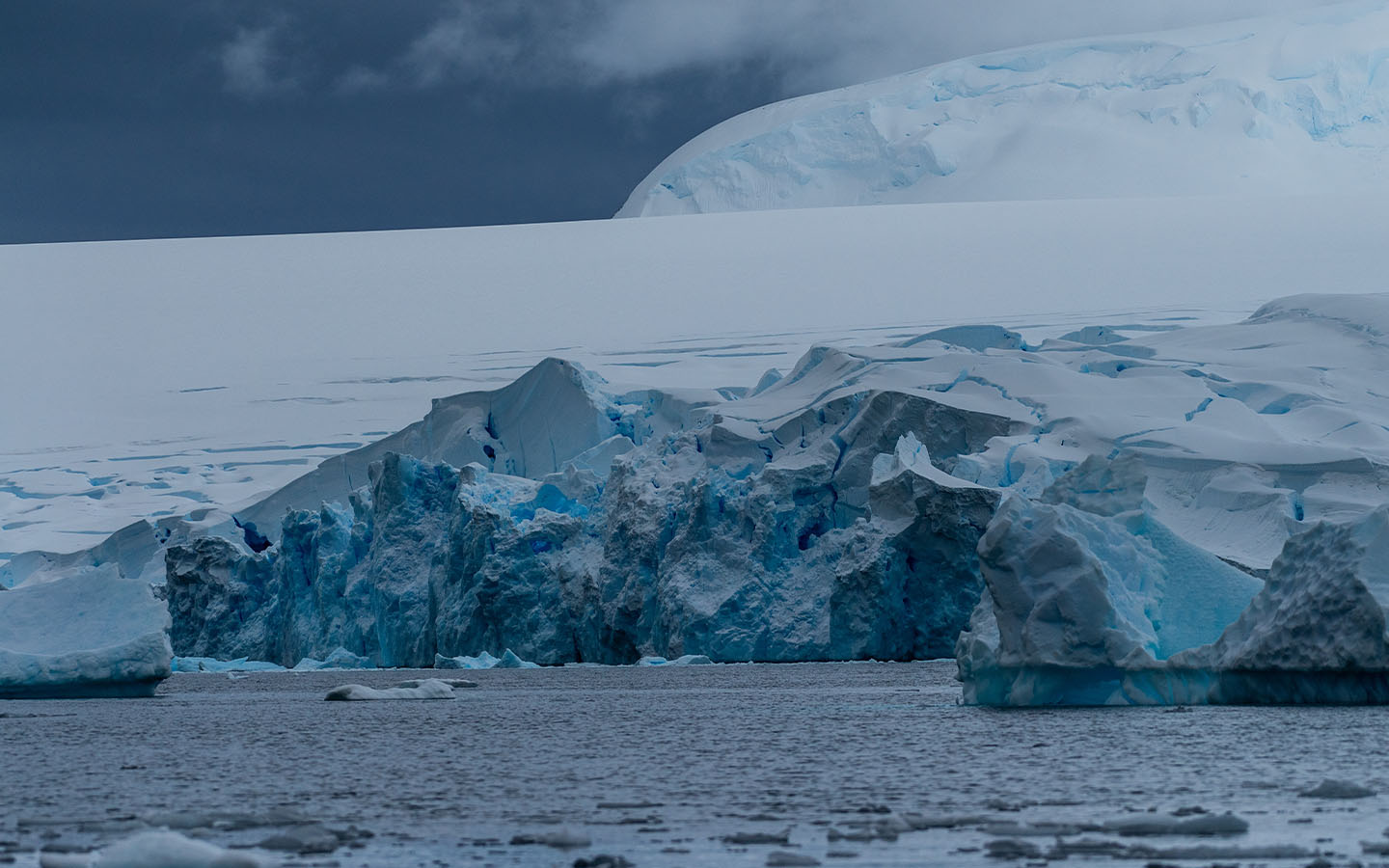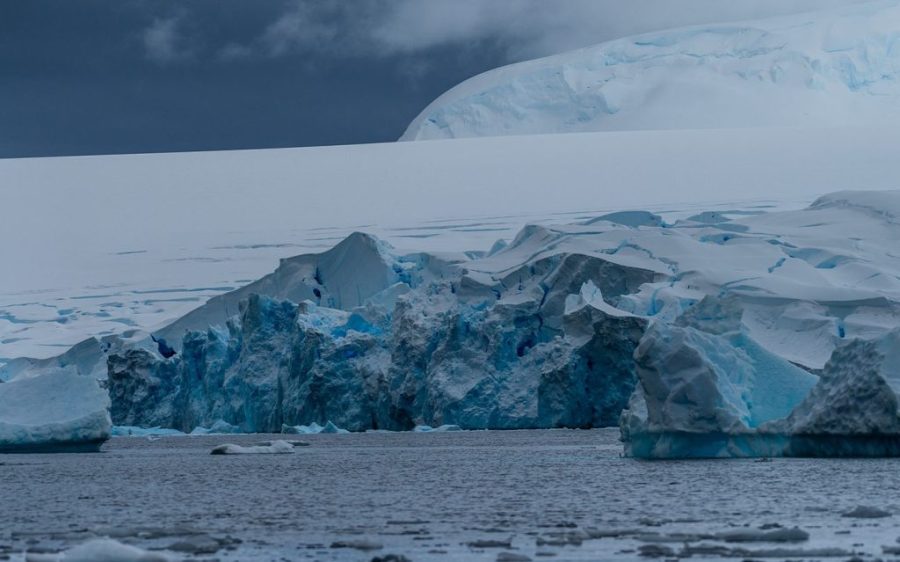Frozen in ice more than a million years ago, scientists hope to find clues as to how to navigate our warming world.
According to UK broadcaster the BBC, the British Antarctic Survey in Cambridge is one of three facilities in Europe that will do the painstaking work of studying the planet’s oldest surviving ice. A 2.8-kilometre-long core, drilled from deep inside the Antarctic ice sheet, contains a wealth of materials that can tell scientists about wind patterns, temperatures and sea levels more than a million years ago.
This window into the past may also offer a glimpse of our future, as it could include evidence from the last period when carbon dioxide concentrations may have been naturally as high or higher than they are now, some 800,000 years ago.
Our unnatural spike in carbon dioxide, particularly over such a short time span, puts humanity in uncharted territory. But locked in this ancient core, researchers hope to find some answers for what a much warmer world holds.
[See more: Climate change could push Macao’s sea levels 64 centimetres higher than they are now]
Getting those answers has been a massive international effort. Drilled some 40 kilometres from the Italian-French research station Concordia, the nearly 3-kilometre-long ice core was divided into 1-metre blocks, transported by ship, with parts of it then driven in a cold van to Cambridge, the BBC reports.
Other pieces went to two institutions in Germany and Switzerland. Scientists will spend the next seven weeks slowly melting the precious ice cores, unlocking a time capsule of dust, volcanic ash, elements, trace metals – even microscopic marine creatures – that can reveal crucial information about conditions as much as 1.5 million years ago.
The ancient ice is expected to capture a mysterious part of Earth’s history known as the Mid-Pleistocene Transition. This roughly 550,000-year period marked a significant shift in the Earth’s cycle of warming and cooling. Glacial eras, when much of the planet’s surface was buried under massive ice sheets, shifted from every 41,000 years to every 100,000. Cores from this period could help us understand how shrinking ice sheets contribute to riding sea levels, a major concern with climate change.
“Our climate system has been through so many different changes that we really need to be able to go back in time to understand these different processes and different tipping points,” Dr Liz Thomas, head of ice core research at the British Antarctic Survey, told the BBC.






